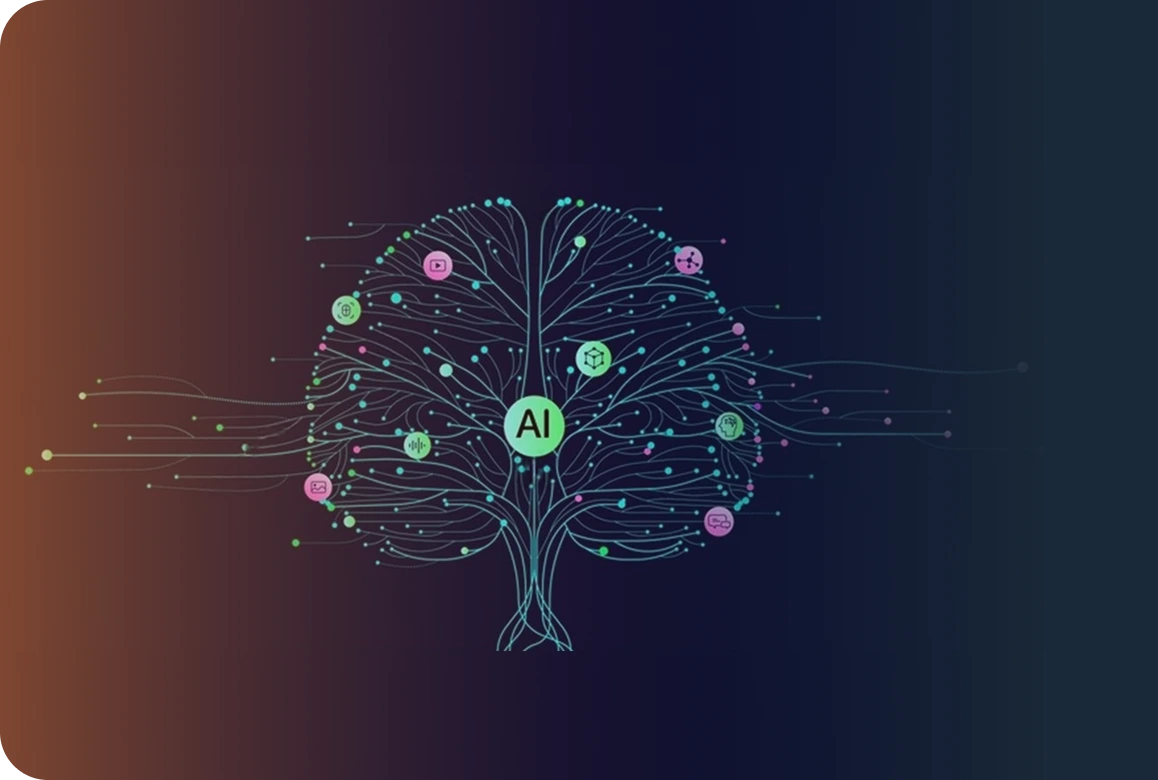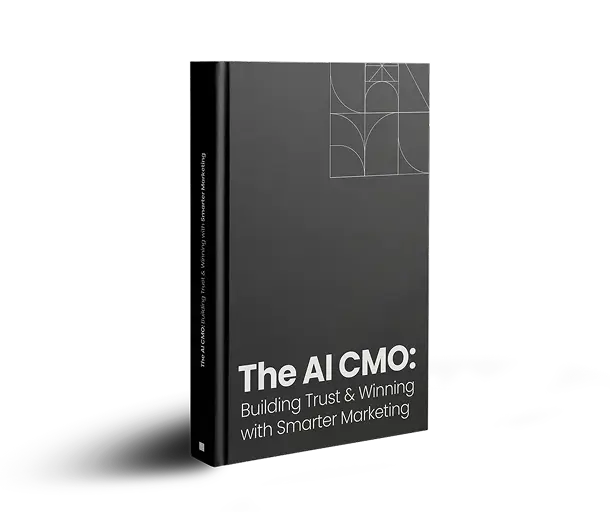
In B2B environments, customer churn is an inherent aspect of business operations, even for high-performing organizations. Factors such as budget reallocations, leadership transitions, shifting strategic priorities, or friction during onboarding can lead previously engaged clients to disengage. However, an inactive account is not necessarily a lost one.
This is where customer win-back campaigns serve a strategic role.
Research shows that reactivating a former customer can be five times more cost-effective than acquiring new ones. In complex B2B sales cycles, where high acquisition costs and long-term relationships, the ability to re-engage churned accounts represents a powerful growth lever.
A successful B2B win-back campaign starts with data-driven insights and personalized engagement. Timing is critical as it must align with the decision-making cadence of the B2B buying journey. Most importantly, it should re-establish trust through relevant, value-led outreach.
What Is a Customer Win-Back Campaign?
A customer win-back campaign is a focused marketing and sales initiative designed to re-engage former clients who have churned or become inactive. These are organizations that previously engaged with your product or service but have since disengaged, whether due to unmet expectations, budget constraints, or shifting priorities.
Why Customer Win-Back Campaigns Matter in B2B
In B2B, where buying cycles are longer, decision-making units are more complex, and customer acquisition costs are significantly higher, B2B customer retention and reactivation are critical to maintaining revenue growth and operational efficiency. Former customers already understand the solution’s core value, know the sales and support teams, and have been through the procurement process. The prior account engagement lowers the cost and complexity of reactivation, making customer re-engagement initiatives a high-return opportunity when supported by the right strategy and timing.
How Customer Win-Back Campaigns Differ from Retention Campaigns
It’s important to distinguish between customer win-back and retention campaigns. Retention focuses on maintaining satisfaction and engagement among existing accounts. In contrast, win-back efforts target inactive accounts with messaging that rebuilds trust, re-establishes value, and repositions relevance. The tone, timing, and channel mix in a customer reactivation campaign must be personalized to reflect a re-engagement mindset. This often calls for a different content strategy and a revised offer structure.
Customer Win-Back Campaign Challenges
Even well-planned B2B win-back campaigns face unique obstacles. Understanding and addressing these challenges is essential to drive measurable outcomes.
Let’s take a look at these challenges:

B2B Customer Churn and Its Impact on Win-Back Campaigns
Effective customer win-back strategies begin with a clear understanding of the reasons behind churn. Without this foundational insight, even the most well-executed customer reactivation campaign risks missing the mark.
1. Common Causes of B2B Customer Churn
In the B2B environment, churn typically stems from identifiable and often preventable issues, such as:
- Misalignment of expectations during the onboarding phase or service delivery
- Insufficient perceived value from the solution relative to investment
- Budget constraints or internal changes, such as leadership turnover
- Gaps in support or customer success engagement
- Situations where the customer outgrows the solution or transitions to a competitor
Understanding these triggers is essential for designing relevant customer winback campaigns.
2. Diagnosing Churn Before Reaching Out
A strategic customer win-back campaign requires thoughtful analysis of historical account data.
Teams should leverage CRM systems and customer success tools to:
- Segment churned accounts by type (e.g., voluntary vs. involuntary churn)
- Review product usage trends leading up to the disengagement
- Analyze feedback via NPS, CSAT, or customer health scores
- Examine contract end notes and recorded reasons for termination
This diagnostic phase helps identify patterns, surface reactivation opportunities, and avoid repetitive outreach.
3. Not All Churned Customers Merit a Win-Back Effort
Targeting every former account can dilute resources and reduce campaign effectiveness. Not all churned customers offer long-term value or reactivation potential.
To optimize results, prioritize accounts that align with the current ideal customer profile (ICP) and demonstrate positive signals, such as previous high engagement or recent website activity. Predictive lead scoring models can further refine this list, improving the efficiency of the customer reactivation campaign.
Focused, data-driven targeting ensures customer win-back efforts are directed toward high-probability opportunities, rather than expending effort on low-fit or disengaged accounts.
Planning Effective Customer Win-Back Campaigns
A successful customer win-back campaign in B2B requires a strategic blend of messaging precision, channel orchestration, and value articulation. Unlike generic reactivation attempts, effective customer winback for B2B relies on insight-driven personalization and well-timed engagement.
1. Personalized B2B Messaging Drives Engagement
One of the most common failures in B2B win-back campaigns is relying on impersonal emails or blanket discount offers. Effective customer win-back strategies leverage historical account intelligence to deliver relevance at scale.
Key elements of high-performing messaging include:
- Referencing the customer’s original use case or goals
- Highlighting past KPIs or business challenges the solution previously addressed
- Demonstrating improvements such as new capabilities, enhanced support models, or revised pricing structures
2. Multi-Channel B2B Campaigns: Reconnect Through the Right Touchpoints
Multi-channel B2B campaigns increase the likelihood of re-engagement by meeting prospects where they are across both digital and human touchpoints. Depending on the buyer persona and account tier, outreach may include:
- Email automation with contextual personalization based on account history
- LinkedIn retargeting to reintroduce brand messaging in a low-friction environment
- SDR outreach to initiate high-touch conversations with strategic accounts
- ABM advertising synchronized with budget cycles or vertical-specific events
A coordinated approach ensures visibility without fatigue, improving the probability of reactivation.
3. Deliver Value-Aligned Offers, Not Generic Incentives
Winning back a B2B customer requires demonstrating that re-engagement delivers meaningful business value. Effective win-back strategies go beyond discounts to offer:
- Strategic consultations customized to the customer’s current priorities
- Early access to features that address previously unmet needs
- Relevant case studies showcasing measurable outcomes from similar returning clients
4. Segment Campaigns by Churn Type
Successful customer win-back campaigns avoid treating all churned accounts the same. Personalized messaging and offers should align with the underlying churn drivers. Common segments include:
- Silent churn: Accounts that disengaged without feedback or communication
- Price-sensitive churn: Customers who left due to perceived cost-value mismatch
- Competitor-switch churn: Accounts that transitioned to an alternative solution

Let’s consider this as an example – a mid-market SaaS customer may respond to a sequence focused on new product capabilities and onboarding ease, while an enterprise IT account may require C-level outreach supported by ROI-focused content or an executive roundtable invitation.
By aligning segmentation with churn behavior, B2B customer retention efforts become more efficient and impactful. As a result, this approach drives measurable results from customer reactivation campaigns.
Executing and Measuring Your Customer Win-Back Campaign
Developing a strategic plan is essential, but the true measure of success lies in precise execution and continuous optimization. Effective B2B customer win-back campaigns require a structured approach, cross-functional alignment, and data-driven insights to maximize reactivation rates and revenue impact.
1. Develop a Comprehensive Win-Back Playbook
A well-defined playbook ensures consistency and scalability in reactivation efforts. Key stages include:
- Initial Outreach: Deploy personalized emails or calls that reference the customer’s previous engagement and highlight relevant updates or improvements.
- Educational Engagement: Provide content that demonstrates new features, success stories, or industry developments that align with the customer’s interests.
- Value Proposition: Present compelling offers or solutions that address the customer’s specific needs or pain points.
- Follow-Up Sequence: Implement a series of touchpoints across multiple channels to reinforce messaging and encourage re-engagement.
- Sales Handoff: Transition re-engaged leads to the sales team for personalized follow-up and conversion.
2. Essential Components of the Playbook Should Encompass
- Customized email templates
- LinkedIn messaging scripts
- Retargeting ad copy
- SDR call scripts
3. Ensure Sales and Marketing Alignment
Success in win-back campaigns hinges on seamless collaboration between sales and marketing teams:
- Shared Service Level Agreements (SLAs): Define clear expectations for response times and follow-up actions.
- Integrated Reporting Mechanisms: Utilize unified dashboards to monitor campaign performance and customer interactions.
- Defined Ownership: Assign responsibilities for each stage of the campaign, ensuring accountability and efficiency.
4. Monitor Key Customer Reactivation Metrics
Tracking the right metrics is vital for assessing campaign effectiveness and informing iterative improvements:
- Email Engagement Rates: Monitor open and click-through rates to gauge initial interest.
- Re-Engagement Indicators: Measure website visits, content downloads, and event registrations as signs of renewed interest.
- Conversion Metrics: Analyze the number of reactivated accounts and associated revenue.
- Customer Lifetime Value (CLV): Evaluate the long-term value of re-engaged customers compared to new acquisitions.
Implement A/B testing to refine subject lines, messaging, and offers. Align campaign timing with industry events, budget cycles, or product launches to enhance relevance.
Case Study:
Brex, a financial technology company, encountered several key challenges in its growth and engagement efforts:
- Difficulty reaching its target audience effectively
- Intense competition within the financial technology sector
- Limited resources and budget constraints
Brex struggled to re-engage lapsed customers and increase demo bookings, a critical step in their sales funnel. To address this, the company implemented a customer win-back strategy powered by AI-driven search functionality. This approach allowed Brex to reconnect with former customers in a more personalized and timely manner. The result was a significant 40% increase in booked demos, demonstrating the power of targeted re-engagement and smart use of AI in driving meaningful business outcomes.
Final Thoughts
Previous clients are often an underutilized source of new pipeline opportunities, despite already knowing your value, they’re frequently overlooked in favor of net-new prospects. Many of them left for fixable reasons. With the right strategy, customer win-back campaigns can deliver powerful ROI.
Marketing managers often overlook churned accounts, failing to recognize them as viable opportunities. Instead, these accounts should be treated as a segmented audience with known needs, demonstrated potential, and a shorter path to conversion.
By applying customer winback strategies rooted in personalization, timing, and multichannel execution, B2B marketers can transform churn into revenue.
FAQs
1. What is Customer Reactivation?
Customer reactivation is the process of re-engaging previously inactive or lapsed customers to reignite interest and restart the buying relationship.
2. What is the Customer Winback Strategy?
A customer winback strategy targets past customers who have churned, using personalized messaging and offers to bring them back into the sales cycle.
3. What is the Difference Between Churn and Customer Winback?
Churn refers to customers who have stopped doing business with you; winback focuses on re-engaging and converting those lost customers back into active ones.
4. What is a Customer Retention Campaign?
A customer retention campaign is a proactive marketing effort aimed at keeping existing customers engaged, satisfied, and loyal to reduce churn and maximize lifetime value.
Our blog
Latest blog posts
Tool and strategies modern teams need to help their companies grow.

Programmatic advertising platforms have redefined how digital campaigns are planned a...

B2B buyers expect websites that deliver relevance, not generic experiences. They expe...








